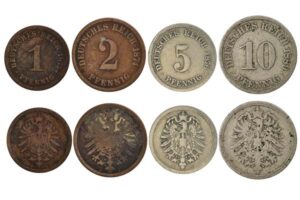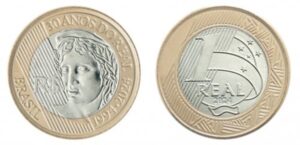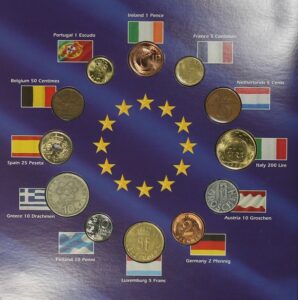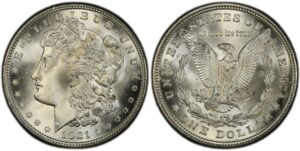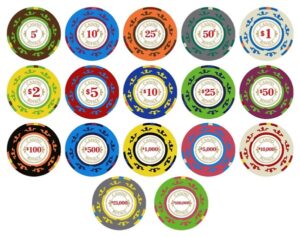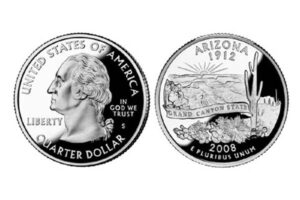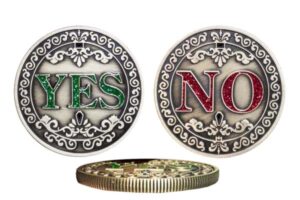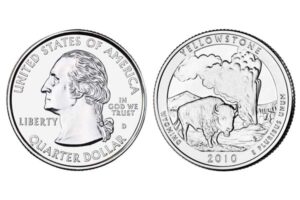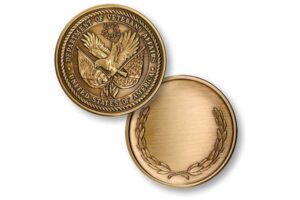
You've seen them in movies - weathered coins spilling from treasure chests. But what do collectors actually call these pieces of maritime history? Let's cut through the Hollywood myths.
Pirate coins are officially called "shipwreck coins1" or "cobs." Authentic specimens include Spanish reales (like the famous "pieces of eight"), Portuguese cruzados, and colonial-era doubloons recovered from sunken vessels. These irregular-shaped coins carried real value during the Age of Sail - a single 8-reale piece equaled a sailor's monthly wage in 1700.
Last year, I held a genuine 1622 Atocha cob at a numismatic convention. Its rough edges and saltwater pitting told stories no replica could match. Now let's chart a course through the facts.
What Coins Did Pirates Actually Use?
Contrary to pop culture's gold-laden chests, pirates preferred silver. Why? Silver coins dominated global trade from 1500-1800. Let's break down their real currency:
Pirates primarily used Spanish colonial coins2: 1, 2, 4, and 8 reales silver cobs minted in Mexico, Peru, and Bolivia. Gold escudos (2, 4, and 8 denominations) were reserved for large transactions between nations.
The Three Pillars of Pirate Currency
| Coin Type | Material | Modern Value Range | Primary Use |
|---|---|---|---|
| 8 Reales | Silver | $800-$150,000 | Daily trade |
| 4 Escudos | Gold | $5,000-$2M+ | Ship purchases |
| Macuquinas | Rough silver | $300-$50,000 | Local markets |
Modern collectors should know:
- 75% of "pirate coins" sold online are replicas
- Authentic cobs always show uneven edges from hand-striking
- Saltwater corrosion patterns differ from artificial aging
Are Shipwreck Coins a Good Investment?
I nearly bought a "Blackbeard's treasure" coin in 2019. Then I learned 3 hard truths:
Quality shipwreck coins appreciate 7-12% annually, but only certified pieces from documented wrecks3 like the 1715 Fleet or SS Central America. Avoid uncertified "mystery" coins - 60% prove fraudulent.
Investment Checklist
✅ Provenance Matters
- Must have ANA or NGC certification
- Chain of custody from salvage company
❌ Red Flags
- "Too perfect" details on 300+ year-old coins
- Prices below $500 for 8-reale cobs
- Sellers avoiding third-party grading
Last month, a 1650s Potosí 8-reale with Atocha papers sold for $18,750 - 214% over its 2015 value. But for every success, there are 10 investors stuck with lead-filled replicas.
How to Buy Pirate Coins Safely?
I guide clients through this minefield daily. Follow these steps:
1. Choose reputable dealers:
- Members of PNG (Professional Numismatists Guild)
- Physical storefronts + online presence
- Avoid eBay/Facebook Marketplace for high-value pieces
2. Demand documentation:
- Salvage license copies
- Conservation reports
- XRF metal analysis
3. Start small:
- $300-$500 "holey dollars" (coins with center removed)
- 1/2 reale "cut coins" for budget collectors
Where Can I Spend My Pirate Coins?
While no longer legal tender, your options surprise most:
1. Trade with collectors:
- Coin shows (ANA National Money Show)
- Specialist auctions (Stack's Bowers)
2. Museum donations:
- Tax deductions + exhibition credits
- Maritime museums actively acquire specimens
3. Craft unique items:
- Jewelry (pendants, cufflinks)
- Desk displays with COA framing
- Educational kits for schools
How to Authenticate Shipwreck Coins?
I developed this 5-point verification system after a client lost $7,200:
1. Check surfaces:
- Real saltwater pitting looks like coral imprints
- Fake "pitting" uses acid etching
2. Test density:
- Silver cobs: 10.49 g/cm³
- Common fake (lead core): 11.34 g/cm³
3. Verify mint marks:
- Cross-referenced with Colonial Spanish records
- Example: "P" stamp = Lima, Peru mint
4. Analyze corrosion:
- Authentic chloride layers form tree-ring patterns
- Electrolysis-treated fakes show uniform discoloration
5. Confirm provenance:
- Match salvage numbers to wreck manifests
- Cross-check with Fisher Institute database
For Collectors Who Value Precision
At INIMAKER, we blend history with cutting-edge craftsmanship. Our clients like Mark (French tourism CEO) and Sarah (US defense contractor) trust us because:
Why our coins stand out:
- Dual plating options (22K gold/sterling silver)
- Laser-engraved historical details
- Optional artificial aging with real saltwater patina
Recent projects:
- 5,000 Tudor-era replica coins for British Museum shops
- 10,000 Atocha tribute cobs for Florida gift stores
- Custom pirate tokens for Escape Room franchises
Conclusion
Authentic pirate coins connect us to maritime history, while quality replicas make that legacy accessible. Whether investing in 1715 Fleet silver or commissioning custom pieces, always prioritize verifiable origins. Remember - true treasure isn't found, it's authenticated.
-
Explore the fascinating history and value of shipwreck coins, which connect us to maritime adventures and lost treasures. ↩
-
Discover the importance of Spanish colonial coins in trade and piracy, revealing their impact on global commerce during the Age of Sail. ↩
-
Learn why certification and documentation are crucial for investing in shipwreck coins, ensuring authenticity and value appreciation. ↩

